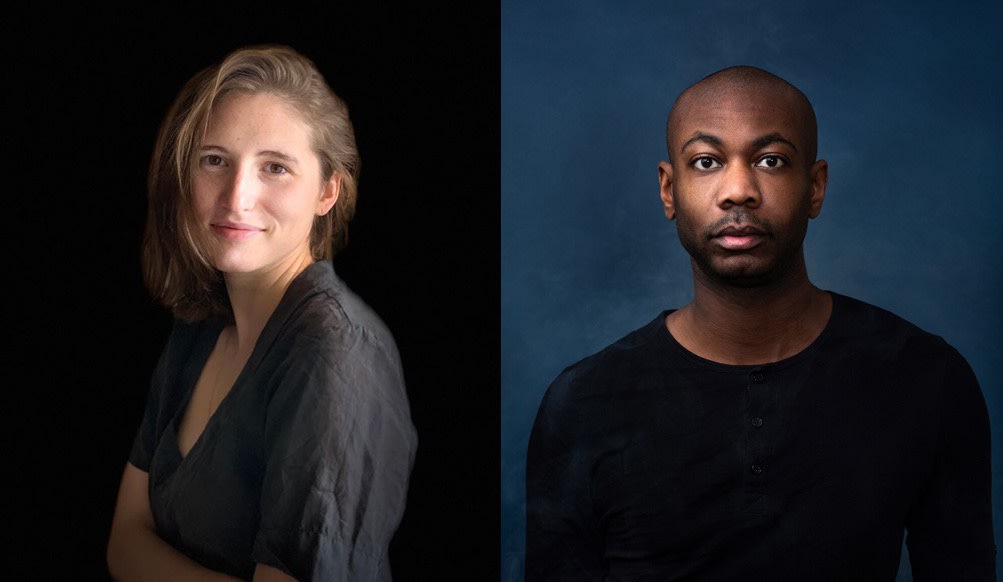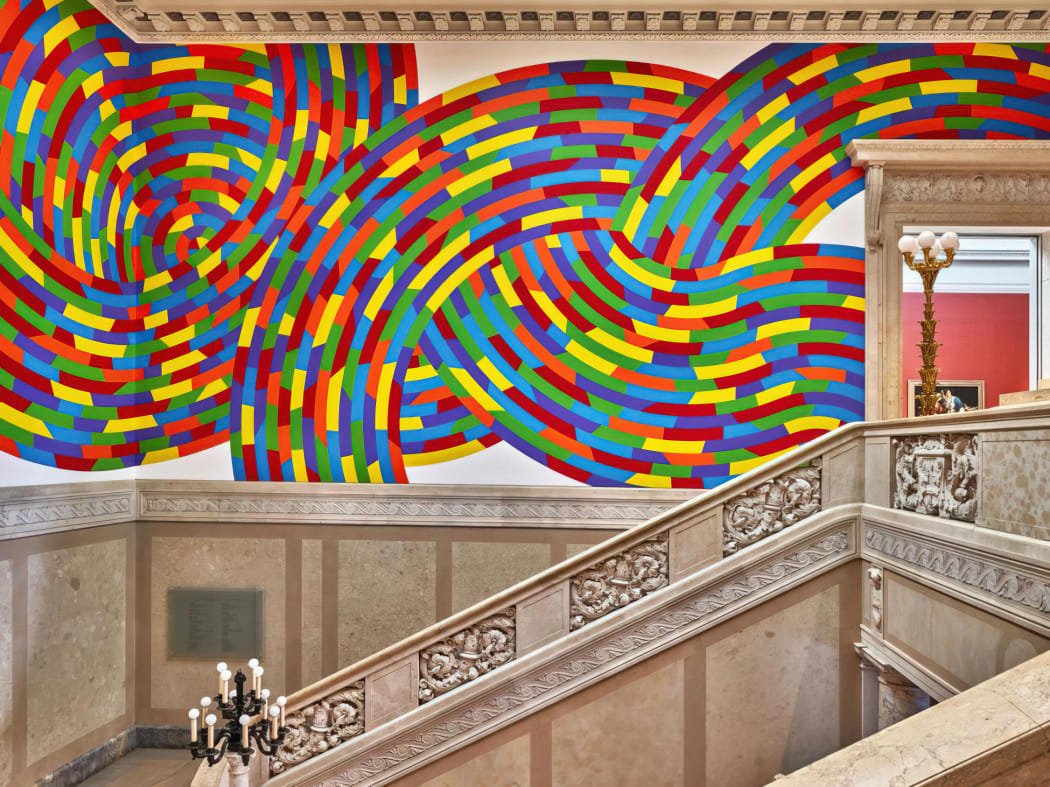-
Alteronce Gumby and Julia Rooney
Perspectives Julia Rooney. Portrait courtesy of Julia Rooney Studio; Alteronce Gumby, portrait by Ella Bessette, courtesy of the artist.
Julia Rooney. Portrait courtesy of Julia Rooney Studio; Alteronce Gumby, portrait by Ella Bessette, courtesy of the artist.Zeit Contemporary Art is pleased to present a new episode of PERSPECTIVES. Art historian Samuel Shapiro sits down with abstract painters Alteronce Gumby and Julia Rooney to discuss the past and present of pictorial abstraction in connection with Zeit Contemporary Art's online viewing room Painting Abstraction: 197X - Today.
-
On Sol LeWitt
Perspectives Sol LeWitt. Wall Drawing #1131, Whirls and Twirls (Wadsworth), 2004. Wadsworth Atheneum Museum of Art, Hartford, CT
Sol LeWitt. Wall Drawing #1131, Whirls and Twirls (Wadsworth), 2004. Wadsworth Atheneum Museum of Art, Hartford, CTSol LeWitt (1928-2007) was a pivotal figure in the development of minimal and conceptual art and catalytic in the relay between the two. Perhaps because of that complexity, he doesn’t figure into the public consciousness as much as many of his postwar peers, although not for lack of exposure: there is an entire building dedicated to LeWitt’s wall drawings at the Massachusetts Museum of Contemporary Art, and his modular sculptures grace grounds from the National Gallery of Art to Stormking. So who was Sol LeWitt? How can we reconcile his serial structures with his delicate hand painted gouaches, his folded paper drawings with large-scale instruction-based wall drawings? What did LeWitt mean when he said that “The idea becomes a machine that makes the art” and that “Conceptual Artists are mystics rather than rationalists”? How is it that his art has been claimed to represent both a kind of impersonal logic and a mad obsessiveness?
-
In Conversation with Res and Bryson Rand
Perspectives
Photography has always been a uniquely mobile medium, unconfined to an artist’s studio. What happens to the medium when its peripatetic practitioners are locked in place? When they lose access to the world’s photographic face? What happens to photography under lockdown? In this new episode of PERSPECTIVES, art historian Samuel Shapiro sits down with American photographers Res and Bryson Rand to talk about photography and interiority, about the necessarily inward turn their photography has taken during our collective confinement. They discuss their practices, the impact of lock down in their photographic work and the general state of the medium today. This episode is presented in conjunction with the online viewing room The World Within: Photography and Interiority.
-
Jessica Beck and Mark Loiacono on Andy Warhol
Perspectives Andy Warhol. Weather Map (Positive), 1986. Acrylic on canvas 16 x 20 in. (40.6 x 50.8 cm) © 2020 Andy Warhol Foundation for the Visual Arts / Artists Rights Society (ARS), New York. Courtesy of Zeit Contemporary Art, New York
Andy Warhol. Weather Map (Positive), 1986. Acrylic on canvas 16 x 20 in. (40.6 x 50.8 cm) © 2020 Andy Warhol Foundation for the Visual Arts / Artists Rights Society (ARS), New York. Courtesy of Zeit Contemporary Art, New YorkZeit Contemporary Art is pleased to announce a new episode of PERSPECTIVES. This second installment of the podcast series is presented in conjunction with the online viewing room Andy Warhol: The Last Decade. Art historian Samuel Shapiro sits with Jessica Beck and Mark Loiacono, two of the field’s leading experts, to talk about Warhol’s late work, about his final decade, the 1980s. Long underappreciated―scorned by some and simply ignored by most―this crucial period of Warhol’s career has just recently begun to be reevaluated, leading to exhibitions and a wealth of new scholarship about an artist many thought they knew all too well. In this conversation, they debate whether the late Warhol was no longer successful or resurgently experimental, discussing a wide range of his artistic production and how it has come to be seen in a new light.
-
In Conversation with Eva Specker
Perspectives
In this first episode of PERSPECTICES, released in conjunction with the online viewing room Joie de vivre, Samuel Shapiro sits with Eva Specker, a prominent psychologist at the University of Vienna. As a researcher in the department of cognition, emotion, and methods in psychology, a member of the Empirical Visual Aesthetics Lab, and a member of the board of the journal, Psychology of Aesthetics, Creativity, and the Arts, Eva dedicates her scientific career to questions that might at first seem to belong more to the realm of art history. She investigates how emotion is communicated through works of art, how we experience awe, how environmental context changes the way we look at art, and even how curatorial narratives shape perception. Accordingly, her research takes place in scientific laboratories and art museums, alike. She’s conducted fieldwork in the Albertina and Belvedere Museums in Vienna, the Queens Museum in New York, and at the Venice Biennale.
